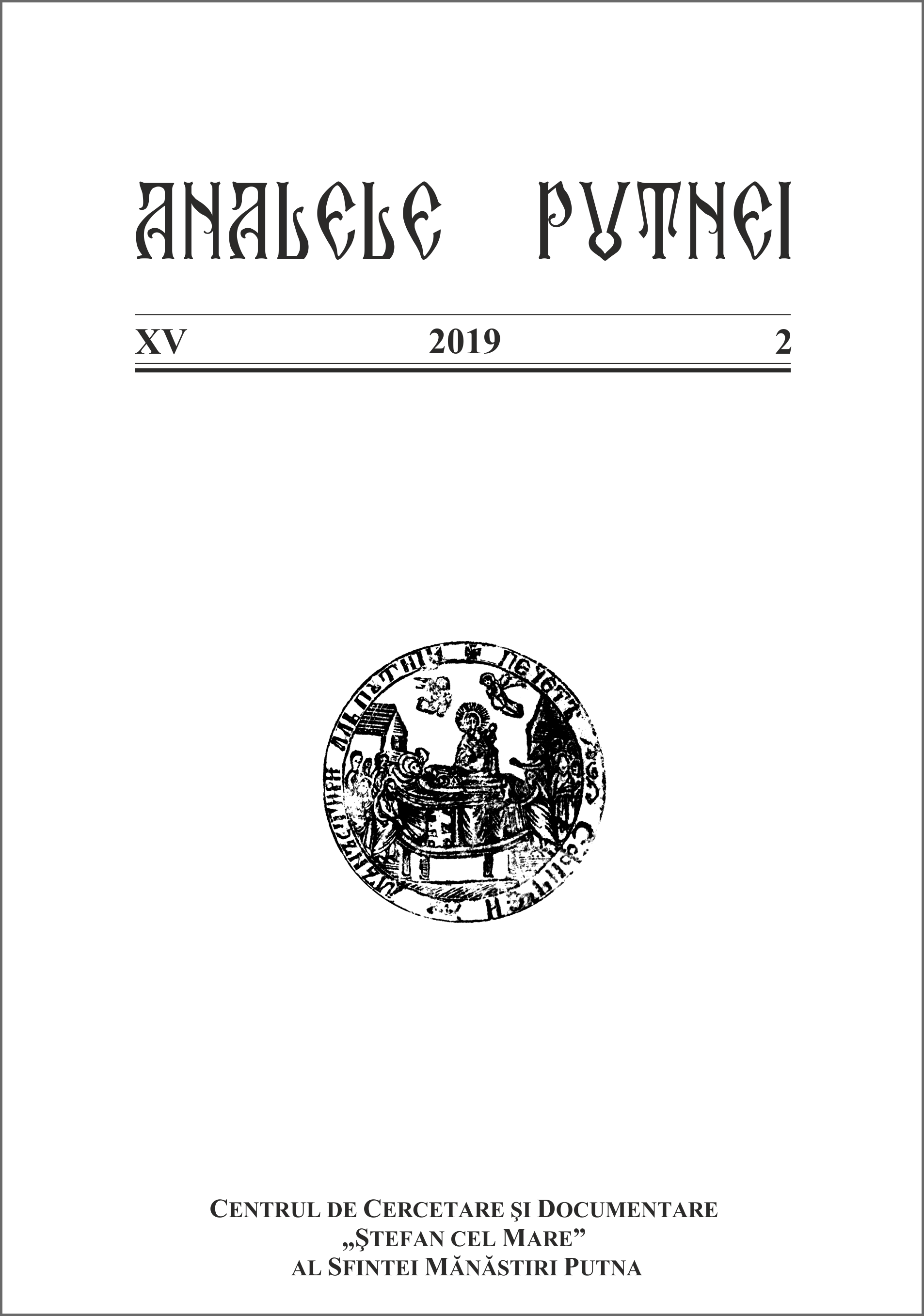Relațiile lui Iancu de Hunedoara cu Țara Românească și Moldova, 1442–1456. O reevaluare (I)
John Hunyadi’s Relations with Wallachia and Moldavia, 1442–1456. A Revaluation (I)
Author(s): Liviu CîmpeanuSubject(s): 15th Century
Published by: Centrul de cercetare şi documentare ŞTEFAN CEL MARE
Keywords: John Hunyadi; Moldavia; Wallachia; later crusades;Ottoman Empire;
Summary/Abstract: The author analyses the military and diplomatic interventions of John Hunyadi in the two Romanian Principalities, up to the year 1445. Hunyadi’s victories over the Ottoman raiding parties in Transylvania and in the Banate of Severin, in 1441 and 1442, resumed the Hungarian offensive against the Turks. Despite the Christian successes in Transylvania, Sultan Murad II arrested Vlad Dracul of Wallachia, and sent a pasha to take over the province, in the early summer of 1442. Rapid intervention was required, so John Hunyadi and Transylvanian army crossed the Carpathians and recovered Wallachia, enthroning Basarab II. In reaction, the sultan sent another army under the command of Şehabeddin, beğlerbeğ Rumelia, but he was defeated by allied armies of John Hunyadi and Basarab II, in the first days of September 1442. Furthermore, the new ruler of Wallachia joined the crusader army during the Long Campaign, in the winter of 1443-1444. In the following spring, Sultan Murad released Vlad Dracul from the dungeon and sent him, via Constantinople, to take the rule of Wallachia. Deserted by his boyars, Basarab II was defeated and killed by his rival. This change came in a very delicate moment for the Hungarian-Ottoman diplomacy, as both powers tried to gain time for the preparation of an imminent war, by signing the Peace Treaty of Adrianople, June 12, 1444, ratified by John Hunyadi in Oradea, on August 15, 1444. Thus, the voivode of Transylvania and King Wladislas had to accept the status quo of the new voivode of Wallachia, as a protegee of the sultan, but the Peace Treaty was soon broken, and Vlad Dracul was forced to join the Crusade of Varna. Only half-hearted, he sent his son ahead of a light cavalry squadron, who maintained an ambiguous stance throughout the campaign. Vlad Dracul proved himself a loyal subject of Sultan Murad when he arrested Hunyadi, after the defeat suffered by the Christian host at Varna, in November 10, 1444. Although released after the diplomatic intervention of palatine Lawrence Hederwary, John Hunyadi became Vlad Dracul’s foe for good, taking revenge in the eve of the Kossovo campaign, at the end of 1447. The situation in Moldavia was even worse, since a terrible civil war between Alexander the Good’s heirs had lasted since 1432. However, the sources record that John Hunyadi managed through diplomacy to regain Moldavia for the Hungarian Crown, in 1442. It is most likely that the voievode of Transylvania allied himself with Peter II, “true heir of Moldavia”, who was at odds with his brother Stephen II. Hunyadi’s Moldavian ally did not enjoy the support of his subjects, so he couldn’t send military aid to the crusaders of the Long Campaign, in the winter of 1443-1444. Moreover, it seems like Stephan II tried a rapprochement to Hungary,– where Hunyadi advised King Wladislas to accept the Moldavian’s allegiance, but just as king of Hungary. The Hungarian-Moldavian diplomacy seemed unsuccessful, since the sources do not record any Moldavians at the Varna Crusade, in the fall of 1444. Finaly, in 1445, Stephen II succeeded in overthrowing his brother Peter II, thus Hunyadi lost his Moldavian ally, being able to intervene east of the Carpathians only in 1447, in circumstances that will be discussed at length in an upcoming paper.
Journal: Analele Putnei
- Issue Year: 2019
- Issue No: 2
- Page Range: 7-20
- Page Count: 14
- Language: Romanian
- Content File-PDF

